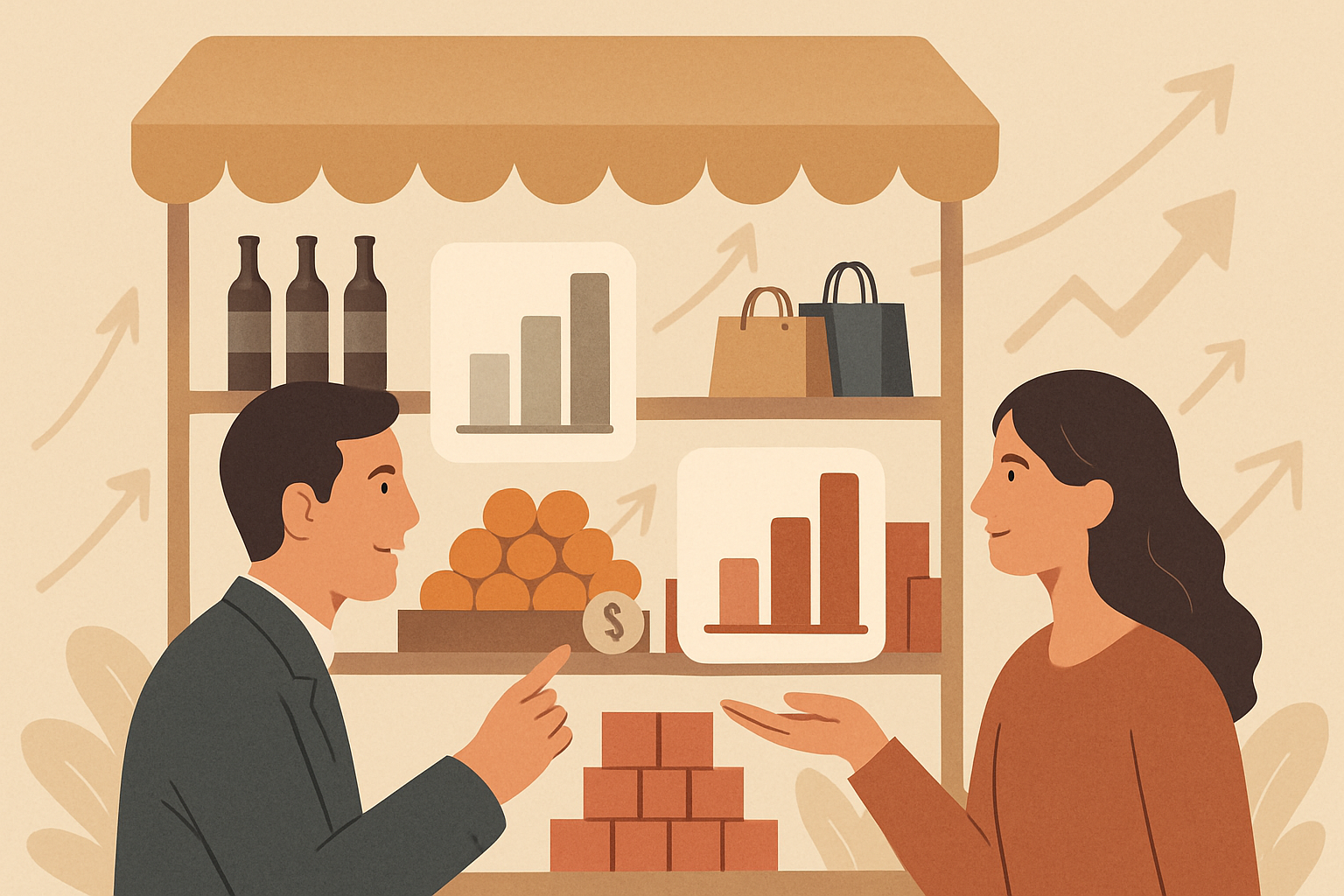
We often think our tastes and values are purely personal, but Bowles argues that everyday systems—like shops, apps, schools, and jobs—nudge them all the time. Markets don’t just set prices; they set the scene. Paying taxes for a service feels different from buying the same thing yourself. One frames you as a citizen with rights; the other as a customer engaging in a transaction. That frame alters how fair something appears and how generous we perceive it to be. In lab games, people offered less when the situation was described like a market “exchange” and more when it felt like “splitting a pie.” Even money itself can be a powerful simplifier. In older communities studied by Bohannan, certain items weren’t traded across categories. As money spread, more items became comparable, and that changed what felt OK to swap—and what a “good life” looked like.
Motivation shifts, too. When we do things for a reward, we often start liking the activity less. Psychologists such as Deci and Ryan have demonstrated that paying or punishing can crowd out pride, curiosity, and the sense of choice. Bowles reviews real-world hints of this: when people were offered cash to accept an unpopular facility in their town, support fell; paying for blood donation sometimes made willing donors less likely to give. The takeaway isn’t “money bad.” It’s subtler: clear quid-pro-quo deals push us to focus on the payoff, while choice and autonomy keep our inner drive alive. In your daily life, that might mean mixing paid gigs with passion projects, or keeping some hobbies reward-free so they stay fun.
Norms and reputations also depend on the setting. In tight communities or teams where you’ll meet again, being trustworthy pays off. In fast, anonymous markets, identity matters less, so it’s harder for reputations to grow—and easier to act only for yourself. But market life isn’t destiny. Simple tweaks—such as talking face-to-face, showing names, or building group identity—can increase cooperation. Consider how you buy and sell online: profiles, reviews, and repeat interactions make kindness and reliability more prevalent, as your behavior now follows you later.
Finally, we learn what to value from the people around us. Bowles demonstrates that culture spreads vertically (from parents), obliquely (through teachers and creators), and horizontally (among friends). Conformity isn’t always mindless; it can be a smart shortcut when learning is costly. That’s why “what everyone does” is so sticky. Markets can shift who we see, what gets praised, and which paths look successful—so the role models change, and so do we. For everyday life, the message is empowering: choose your frames and your crowds. Decide which activities you’ll keep intrinsic. Build circles where your future self will meet you again. Small design choices—how you pay, how you participate, who you follow—quietly train your preferences. Use them on purpose.
Reference:
Bowles, S. (1998). Endogenous Preferences: The Cultural Consequences of Markets and Other Economic Institutions. Journal of Economic Literature, 36(1), 75–111. http://www.jstor.org/stable/2564952
Privacy Notice & Disclaimer:
This blog provides simplified educational science content, created with the assistance of both humans and AI. It may omit technical details, is provided “as is,” and does not collect personal data beyond basic anonymous analytics. For full details, please see our Privacy Notice and Disclaimer. Read About This Blog & Attribution Note for AI-Generated Content to know more about this blog project.